About
People First, Mission Always
LLNL Engineering provides the research, design, and execution behind some of the world’s most rigorous and complex engineering projects to support the Lab’s government-funded missions. We also collaborate with industry and academia to develop some of the world’s most sophisticated products, processes, and specialized instruments. Collaborations allow industry and academia to utilize LLNL’s resources to accelerate market-driven innovation and reduce production costs and time, while funneling outside knowledge toward projects in the energy sector, national security, and other applications.
Our overall guiding principle is "People First, Mission Always.” When it comes to our people, we prioritize Respect, Integrity, Collaboration, Mentoring, and Safety. When it comes to accomplishing our mission, we celebrate Integrity, Ideas, Impact, Inclusiveness, and Zeal.
Please do not alter or edit this area. This generates the skewed image boxes.
border-box-0
border-box-1
border-box-2
Meet our Leadership
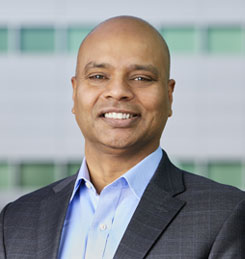
Anup Singh
Principal Associate DirectorAnup Singh is the Principal Associate Director for Engineering — an organization of approximately 2,500 employees. As Principal Associate Director, Anup manages a team and facilities that cover the full range of the Lab’s world-class engineering expertise, manufacturing capabilities, and research to ensure the long-term success of its programs.
Anup joined the Lab in 2021 after serving as director of the Center for Biological and Engineering Sciences at Sandia National Lab. There, he managed critical capabilities in support of Sandia's Energy & Homeland Security, Global Security, Nuclear Deterrence and Advanced Science, and Technology portfolios.
“People first, mission always” is Anup’s guiding principle: he champions the multitude of workforce development programs in the directorate, including the Engineering Leadership Development Program; the Engineering Mentoring Program; the Diversity, Equity, and Inclusion Council; and strategic partnerships with universities for diverse talent recruitment. He has served as the Executive Champion for the Lawrence Livermore Laboratory Women’s Association, and is currently champion for Veterans in Energy Technology & Science (VETS).
Anup is internationally recognized for his scientific leadership in microfluidics, having published more than 100 peer-reviewed publications and patented 40 inventions. He holds a bachelor of technology degree in chemical engineering from the Indian Institute of Technology, in Bombay, India, and a PhD in chemical engineering from North Carolina State University.
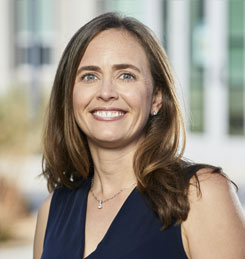
Shannon Ayers
Laser Systems Engineering and Operations Division LeadShannon Ayers is the Division Leader for the Laser Systems Engineering and Operations (LSEO) Engineering Division as well as a National Ignition Facility (NIF) Laser and Alignment Section (LASE) lead. LSEO is responsible for maintaining a vibrant workforce to support the engineering needs of the NIF&PS directorate, and LASE is responsible for the performance, operations, and maintenance of the NIF laser and alignment systems.
Shannon came to the Lab in 1998 as an intern working on the Extreme Ultra-Violet Lithography project. She has been part of the NIF team for over ten years, where in addition to laser, target, and diagnostic alignment she led the successful development and deployment of many target diagnostics for use at the NIF, the Laboratory for Laser Energetics, and the Atomic Weapons Establishment.
Prior to supporting NIF, Shannon served as project engineer and manager of several optics processing projects in support of the Global Security and Physical and Life Sciences directorates. When not supporting the NIF facility operations or capability enhancements, Shannon is engaged in workforce development efforts to support an environment that fosters innovation at LLNL. She holds a degree in mechanical engineering.
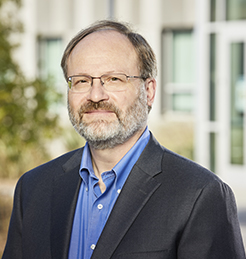
Bob Ferencz
Computational Engineering Division LeadBob Ferencz is the Division Leader for the Computational Engineering Division. This organization has over 160 technical staff with expertise in Engineering Modeling and Simulation, Data Analytics and Decision Science, and Signal and Image Processing. This collection of analytic expertise supports many Laboratory programs, external projects, and research collaborations.
With the exception of eight years in the private sector, Bob has been at LLNL since 1980, and he has pursued computational mechanics R&D since first being an undergraduate structural engineering student, creating meshes by hand and entering data on punch cards.
Bob was also among the founders of a firm focused on multiphysics simulation software, playing a variety of technical and management roles culminating in Vice President of Engineering.
For the past eight years, Bob has been a voting member of the ASME Standards Subcommittee for Verification and Validation in Computational Solid Mechanics.
Bob's research interests include computational solid and structural mechanics, particularly global algorithms for nonlinear implicit finite element methods, advanced applications, and verification and validation. He holds a B.S. and an M.S. in civil engineering from Case Western Reserve University, and an M.S. and D.Sc. in mechanical engineering from Stanford University.
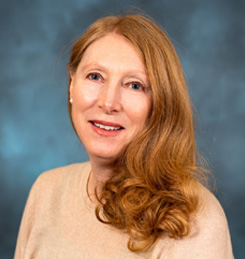
Robin Miles
National Security Engineering Division Lead (Acting)Robin Miles is currently the Acting Division Leader of the National Security Engineering Division, having previously serving as the Deputy Division leader concurrently with her other institutional roles.
Robin started working at LLNL after working at several Silicon Valley start-up companies where she led micro-electro-mechanical (MEMS) based product development teams. As a group leader within the LLNL Microtechnology Center, she led teams developing micro-fluidic-based instrumentation for the chemical and biological detection programs supporting Global Security non-proliferation efforts. Later, Robin supported initiatives within the NIF/PS directorate as a Level 2 lead, leading research and systems engineering activities in high-volume target manufacture and target injection for future ICF fusion power plants. Subsequently, Robin served as the Director for the HPC4Energy Innovation in GS/E program. Funded by DOE Energy Offices, this program spanned several labs and included industrial partners to reduce industrial energy usage in the US.
Robin earned a B.S. in mechanical engineering from MIT, a M.S. in mechanical engineering from Stanford, and an M.B.A. from the University of California, Berkeley. She is the author of over 20 patents and several publications.
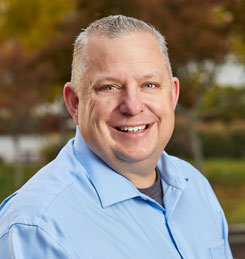
Travis Paladichuk
Defense Technologies Engineering Division LeadTravis Paladichuk is the Defense Technologies Engineering Division Leader, leading approximately 750 personnel to provide technical and strategic leadership in support of the Lab’s national security mission. In this role, Travis works closely with Strategic Deterrence management to meet weapons engineering needs for annual assessments, modernization programs, and evolving future deterrents. Previously, Travis was the Engineering Lead for the W80-4 Life Extension Program, with programmatic responsibility for $150 million annually.
Travis began his career at LLNL in 2001, leading a weapon component project realization team to execute large-scale experiments to assess engineering and physics performance. He then took on the role of Engineering Lead for the Phoenix Program, designing and fielding complex explosive experiments used to develop equations of state for high-density material targets.
He holds a B.S. in Mechanical Engineering from the University of California, San Diego and an M.S. in Mechanical Engineering from the University of California, Davis. He also served in the U.S. Army as a Combat Engineer.
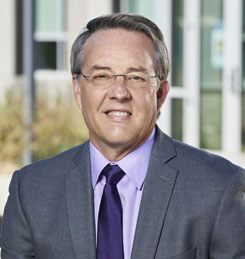
Rob Sharpe
Deputy Associate Director for Research and DevelopmentRob Sharpe serves as the Deputy Associate Director of Engineering Research and Development. In this capacity, he directs efforts in computational engineering, micro- and nano-technology, advanced measurement capabilities, and data analytics.
Prior to joining the Lab, Rob was a design engineer with the Antenna Laboratory at Texas Instruments; a doctoral fellow in the electromagnetics applications center with TRW in Redondo Beach; and a faculty member at the University of Houston.
Rob joined LLNL in 1992 where he has held various positions including Director of the Center for Computational Engineering, Chief Technologist, Deputy Associate Director for Engineering Science and Technology, and the Division Leader for the Computational Engineering Division.
Rob holds a B.S. in electrical engineering from Auburn University and an M.S. and D.Sc. in electrical engineering from the University of Houston.
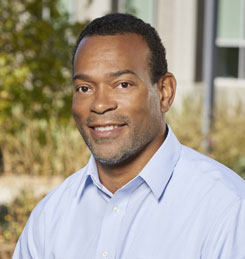
Donn McMahon
Principal Deputy, Engineering Directorate (Acting)Donn McMahon is the Acting Principal Deputy Associate Director for Engineering at the Lab. The Engineering Principal Directorate employs over 2,800 multi-disciplinary engineering, science, technology, and support staff to anticipate, innovate, and deliver responsive engineering solutions to complex national security needs.
Donn has broad responsibilities in directorate leadership, supporting the Lab’s national security and science programs, and promoting and advancing engineering capabilities and its workforce. He leverages his leadership, project management, and technical skills for the oversight of staff for project execution and the development of strategic relationships with Livermore’s Strategic Deterrence, Global Security, Security Organization, Environmental Restoration, and the National Ignition Facility (NIF) and Photon Science directorates.
Donn believes in a collaborative and service-based leadership model and is committed to recruiting and developing a diverse set of outstanding next-generation engineers, scientists, and technical staff.
Donn earned an S.B. from MIT in Mechanical Engineering and a Ph.D. and M.S. in Mechanical Engineering from the University of California, Berkeley with a specialization in Control Systems.
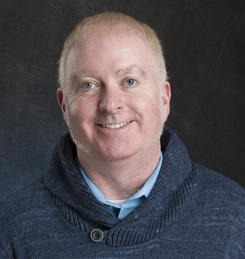
Mark Sutton
Deputy Associate Director for OperationsMark Sutton serves as the Engineering Directorate Deputy Associate Director for Operations, providing internal oversight of major operational activities and serving as the principal interface for cross-institutional operational interactions.
Sutton started his career at LLNL in 1998 as a summer student and later as a postdoctoral researcher in the Analytical and Nuclear Chemistry Division. He has served in various technical programmatic leadership roles from Principal Investigator to Associate Program Leader in the Nuclear Fuel Cycles Program in the Global Security Directorate.
In 2015, he changed his career focus to operations and became the Deputy Division Leader for Operations in the Nuclear and Chemical Sciences Division in the Physical and Life Sciences Directorate. In this role, Mark was responsible for the safety, security, and infrastructure needs of work performed in the laboratory, accelerator, and office facilities, including a multi-year modernization project. Mark has served as a Laboratory Emergency Duty Officer since 2019.
In 2020, Mark joined the Engineering Directorate as the Assistant Deputy Associate Director for Operations, where he assisted in overseeing safety, security and infrastructure, as well as financial planning, business continuity, and off-normal preparedness.
Mark holds a PhD in Environmental Radiochemistry from Loughborough University in the UK.
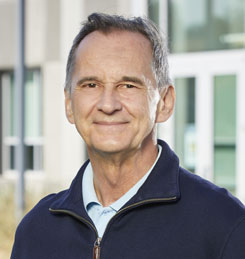
Harry Martz
Director, Nondestructive Characterization InstituteHarry Martz is the Director for Non-destructive Characterization Institute and a distinguished member of the technical staff at Lawrence Livermore National Laboratory. His work has pioneered ways to use x-rays and other forms of radiation and particles for noninvasive imaging of everything from warhead components to bridge decks to breast tumors.
Harry's research has led to major advances in airport baggage scanning technology to detect explosive and non-explosive materials that terrorists try to sneak through airport security, as well as the development of better cargo scanning devices at major American sea, land, and airports.
He has served on several National Academy of Sciences Committees on Aviation Security, was the Chair of the Committee on Airport Passenger Screening: Backscatter X-Ray Machines, and received an R&D Magazine 100 Award for his work on a mobile CT system to nondestructively assay thousands of waste drums at Department of Energy sites around the country. Harry has authored or co-authored over 300 papers and a book titled X-ray Imaging: Fundamentals, Industrial Techniques and Applications.
Harry holds an M.S. and Ph.D. in Nuclear Physics/Inorganic Chemistry from Florida State University, and a B.S. in Chemistry from Siena College.
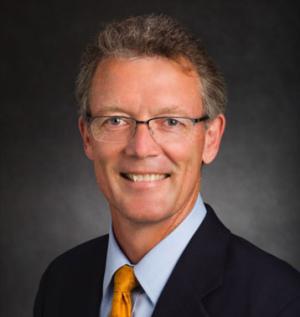
Dan Tortorelli
Director, Center for Design and OptimizationDan Tortorelli has served as the Director for Lawrence Livermore National Laboratory’s Center for Design and Optimization since its instantiation in 2016. He is also the George B. Grim Professor Emeritus of Mechanical Sciences and Engineering at the University of Illinois at Urbana-Champaign, a title given upon his retirement after a 26-year career on the faculty.
Dan's interdisciplinary team develops software to optimize systems with respect to their structural, thermal, transport, fluidic, etc. performances. The software combines nonlinear programming and machine learning algorithms, finite element simulation, and high-performance computing strategies.
Dan has a B.S. in mechanical engineering from University of Notre Dame and an M.A. and D.Sc. in mechanical engineering from University of Illinois at Urbana-Champaign.
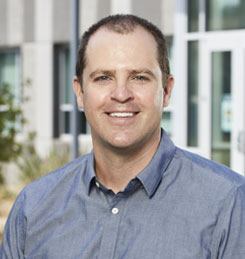
Eric Duoss
Director, Center for Engineered Materials and ManufacturingEric Duoss is the Director of the Center for Engineered Materials and Manufacturing and a Member of the Technical Staff at LLNL, where he conducts research in the areas of advanced materials and manufacturing combined with micro-architected design.
Eric's research interests include additive manufacturing, 3D printing, printed electronics, functional materials, colloids and complex fluids, soft matter, microfluidics, microencapsulation, and emulsion science.
He holds B.S. degrees in mathematics and chemistry from St. Norbert College and a PhD in materials science and engineering from the University of Illinois at Urbana-Champaign.
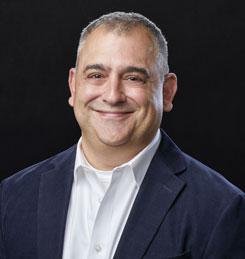
Chris Spadaccini
Materials Engineering Division LeadChris Spadaccini is the Materials Engineering Division Lead and former Director of the Center for Engineered Materials and Manufacturing. He has been a member of the technical staff in the Materials Engineering Division for the past ten years. He is currently the principal investigator for several advanced materials and additive manufacturing projects. He is also the founder and director of a new additive manufacturing, process development, and architected materials center.
The work in these laboratories focuses on developing next-generation additive processes that are capable of micro- and nano-scale features and have the ability to create components with mixtures of materials ranging from polymers to metals and ceramics. Development of these processes also involves the synthesis and materials science of feedstocks such as photopolymers and nanoparticles. These capabilities are utilized to fabricate microarchitected materials with unique designer properties, such as negative thermal expansion.
Chris is also a part-time lecturer at the San Jose State University in the Biomedical, Chemical and Materials Engineering Department, where he teaches graduate courses in advanced transport phenomena.
Chris's research interests include architected materials, metamaterials, advanced fabrication processes, additive manufacturing, topology optimization, energetic materials, fluid mechanics and combustion.
He holds B.S., M.S., and PhD degrees from the Department of Aeronautics and Astronautics at MIT.
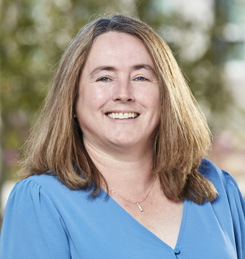
Elizabeth Wheeler
Director, Center for Bioengineering (acting)Elizabeth Wheeler is currently serving as the Director of the Center for Bioengineering. She is also a staff scientist working in S Program and a group leader in the Materials Engineering Division.
She began her career at LLNL as a post-doctoral researcher working on NIF optics prior to joining the Center for Micro and Nano Technology. She has been involved with bioinstrumentation at LLNL for 14 years.
The majority of her career has focused on integrating biology and engineering to yield new platforms or flexible devices for Homeland Security or medical applications. She has worked on numerous multidisciplinary teams that have field tested technology developed at LLNL. Currently she is a team member on a Bioprinting Vasculature project and the Principal Investigator for a DNA Tagged Reagents for Aerosol Experiments (DNATrax) project.
In 2013, she won an R&D 100 award for her contributions to DNATrax. Her primary focus is currently the LDRD SI in-situ Chip-based Human Investigational Platform (iCHIP) project.
Elizabeth earned a B.S. in chemical engineering from the University of California, Davis and M.S. and PhD degrees in chemical engineering from Stanford University.
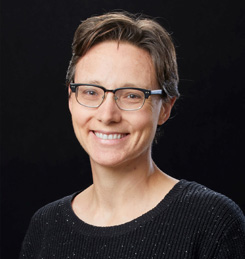
Jamie Bramwell
Director, Center for Computational EngineeringJamie Bramwell is the director of the Center for Computational Engineering and a simulation software project leader working primarily on Smith, a next-gen finite element simulation toolkit supporting applications throughout the Engineering directorate.
Jamie joined LLNL in 2013 as a computational engineer with a specialty in advanced finite element methods. She began her career as an integrated code developer on ALE3D, a large-scale multi-physics simulation code supporting Strategic Defense. She was the primary developer for the implicit solid mechanics physics package, including modern structural element capabilities to support complex mission analysis efforts in NIF and modernizing infrastructure for numerical solver libraries.
In 2017, she joined the MFEM finite element library team as an engineering application specialist. This included developing a new cardiac mechanics simulation tool and experimental mini applications for user tutorials and examples. In 2020 she started the Smith project, a modular software development kit based on MFEM to enable agile development of GPU-ready and sensitivity-enabled high-fidelity engineering-scale simulations. Jamie earned her B.S. in mechanical engineering from Northwestern University, and her M.S. and PhD degrees in Computational Science, Engineering, and Mathematics from the University of Texas at Austin.

Anup Singh

Shannon Ayers

Bob Ferencz
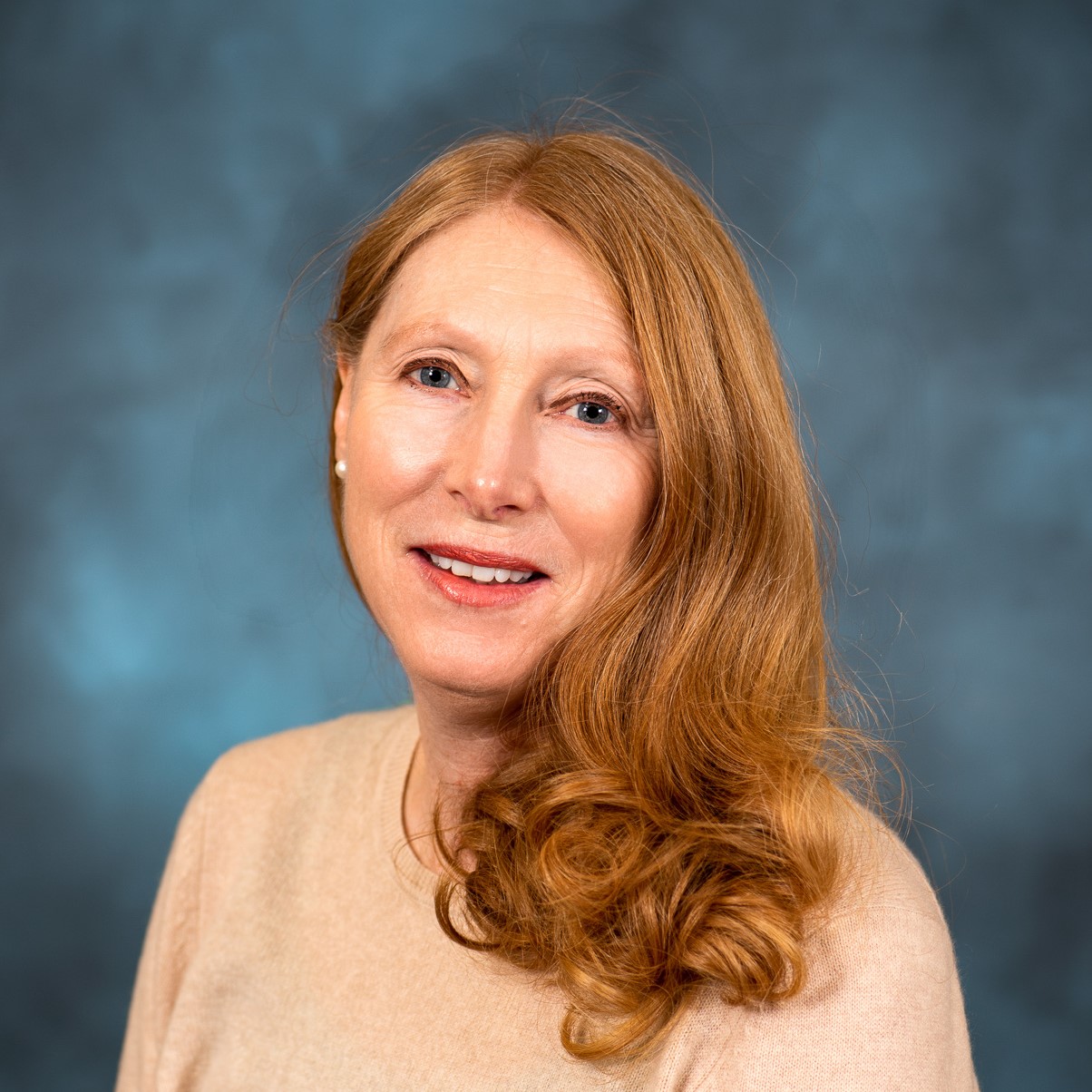
Robin Miles

Travis Paladichuk

Rob Sharpe

Donn McMahon

Mark Sutton

Harry Martz
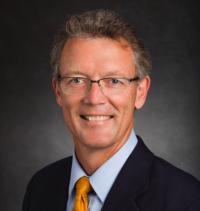
Dan Tortorelli

Eric Duoss
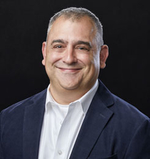
Chris Spadaccini

Elizabeth Wheeler

Jamie Bramwell
Get to Know the People of Engineering
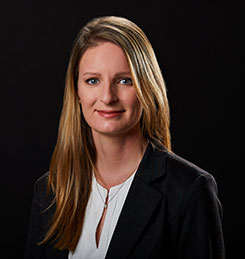
Angela Cook
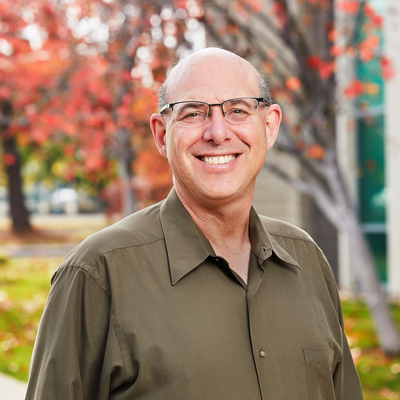
Brian Bauman
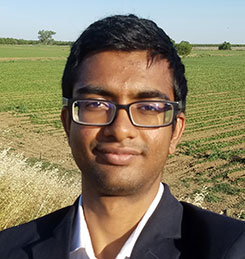
Daniel Martin
Engineering Mission Statement
LLNL’s Engineering Principal Directorate is a multidisciplinary, collaborative organization known for achieving breakthroughs in areas vital to our national security missions—from nuclear security and deterrence to cybersecurity to renewable energy. Our areas of expertise include materials engineering and manufacturing, computational engineering, optical engineering, bioengineering, data science and machine learning, and sensing and diagnostics.
LLNL Engineering provides the research, design, and execution behind some of the world’s most rigorous and complex engineering projects to support the Lab’s government-funded missions. We also collaborate with industry and academia to develop some of the world’s most sophisticated products, processes, and specialized instruments. Collaborations allow industry and academia to utilize LLNL’s resources to accelerate market-driven innovation and reduce production costs and time, while funneling outside knowledge toward projects in the energy sector, national security, and other applications.
People are our most prized resources and the root of our excellence. An outstanding group of researchers, engineers, technicians and machinists, and a specialized support staff all work to achieve our goals, and we value each employee’s contribution to the mission. Diversity is key to our inventiveness, and we are actively recruiting those who would benefit from the inclusive environment Engineering strives to cultivate.
------ Please do not edit anything in this area. -----
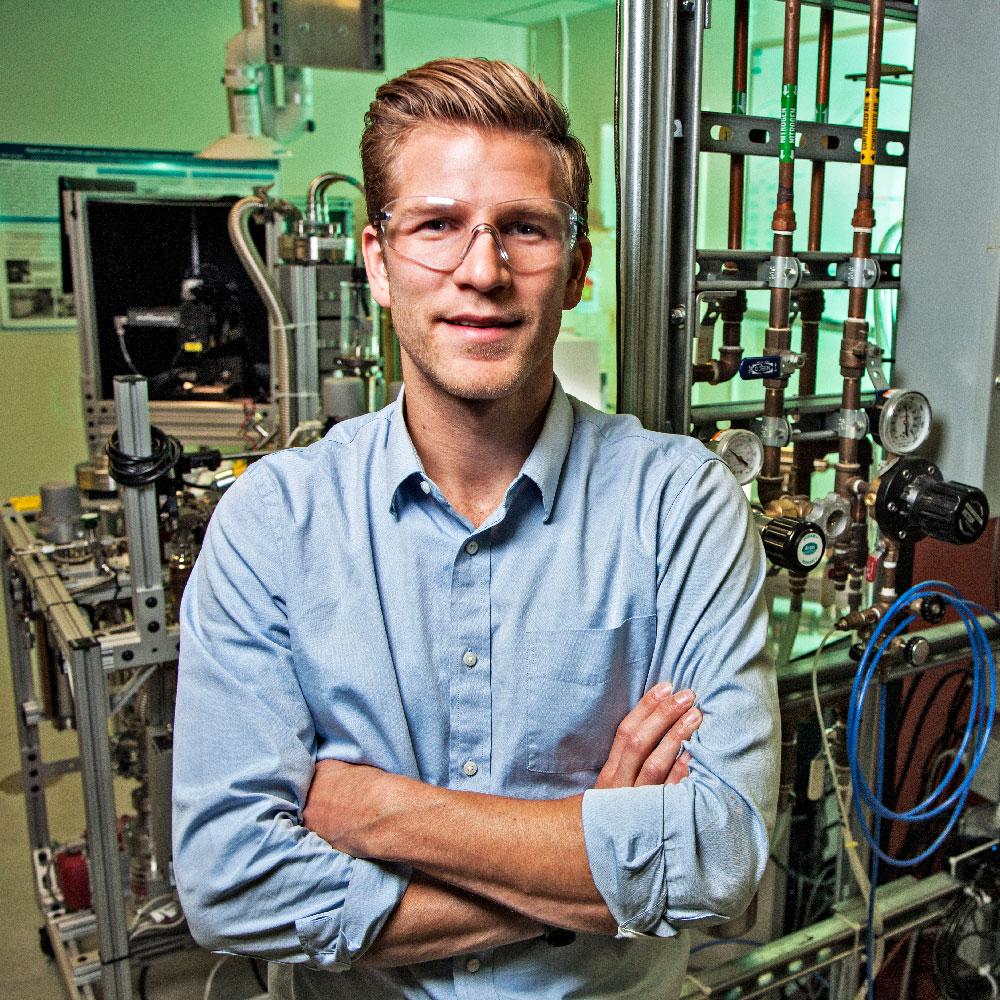
Check Out Our
Current Openings
Top-notch administrative staff, technicians, and engineers make Engineering a powerhouse. Find a role that fits your skills.




